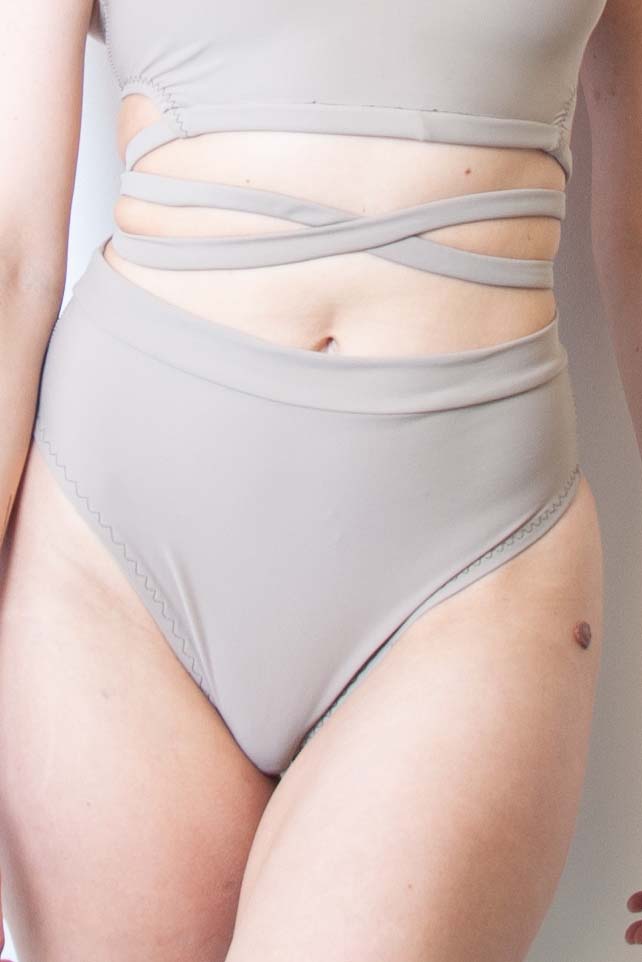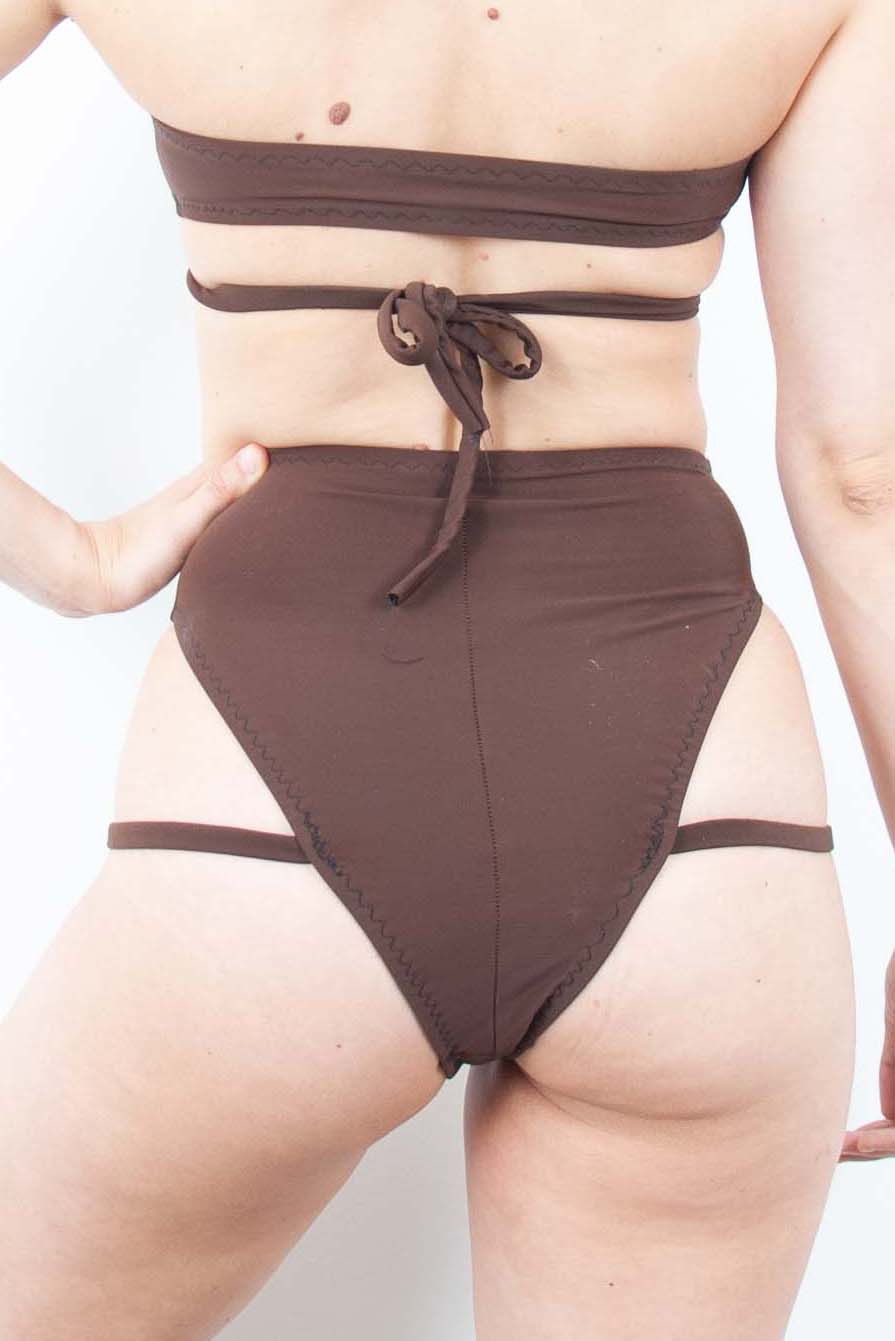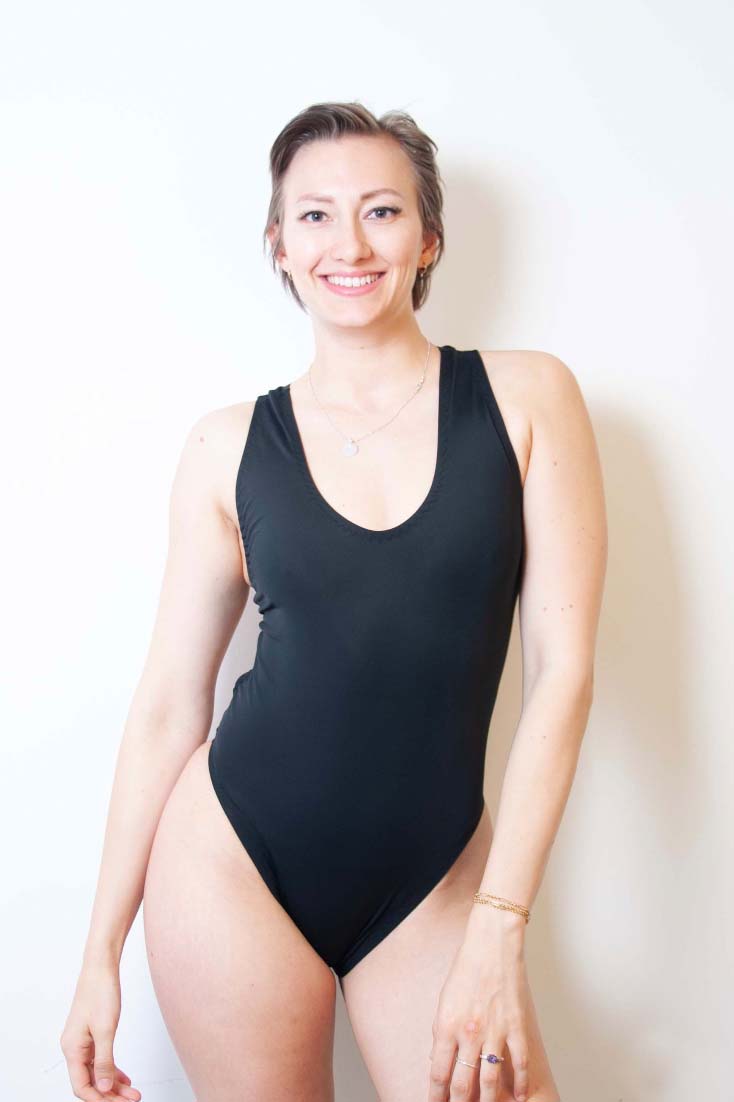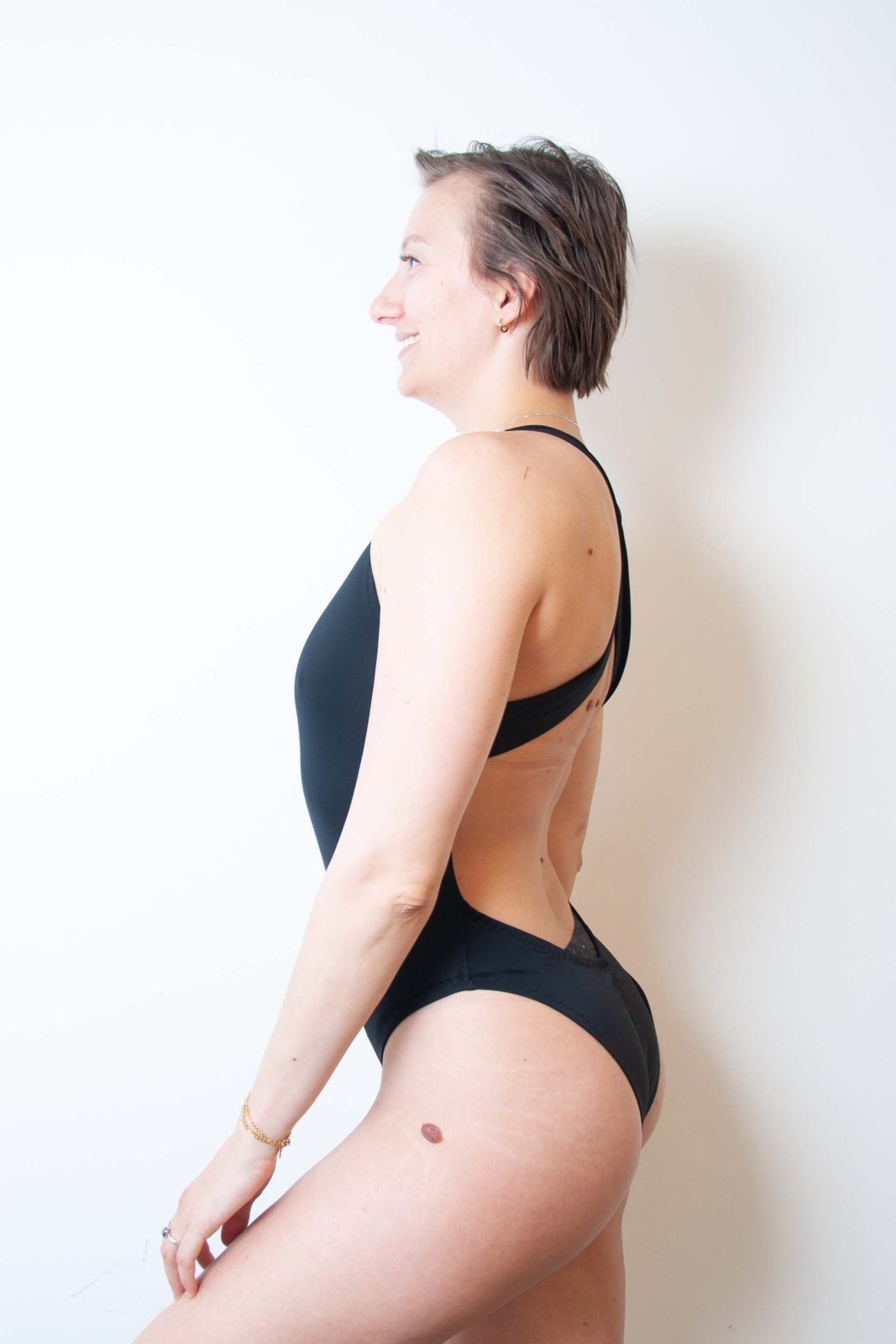Filter
15 Produkte
Pole Dance Kleidung – Perfekt für dein Training & deine Performance
Pole Dance ist mehr als nur ein Sport – es ist eine Kunstform, ein Workout und eine Möglichkeit, Kraft und Eleganz zu verbinden. Die richtige Poledance Kleidung ist dabei entscheidend: Sie sollte nicht nur gut aussehen, sondern auch maximale Bewegungsfreiheit bieten und für optimalen Grip sorgen.
Pole Kleidung muss perfekt sitzen, ohne einzuschränken, genügend Hautkontakt für sicheren Halt bieten und gleichzeitig uneingeschränkte Bewegungsfreiheit ermöglichen. Durch hochwertige Materialien und durchdachte Schnitte sorgen unsere Pole Dance Klamotten dafür, dass du dich voll und ganz auf deine Performance konzentrieren kannst – maximaler Grip, perfekte Passform, null Ablenkung.
Unsere Auswahl an Pole Dance Outfits wurde speziell für die Anforderungen von Pole Sport entwickelt. Von figurbetont geschnittenen Bodysuits, die sich perfekt an deine Figur anschmiegen, über funktionale Poledance Shorts mit rutschfestem Bund bis hin zu vielseitigen Tops für Poledance – hier findest du das ideale Poledance Outfit für deine nächste Session.
Für jeden Level und Anlass: Ob du als Anfängerin nach der perfekten Pole Dance Kleidung für Anfänger suchst oder bereits fortgeschritten bist – unsere Pole Dance Clothes passen sich deinen Bedürfnissen an. Als Pole Dance Kleidung Damen Spezialistin bieten wir durchdachte Pole Dance Wear, die von einer Tänzerin für Tänzer:innen entwickelt wurde.
Entdecke Pole Outfits als komplettes Pole Dance Outfit Set oder stelle dir deine eigene Kombination zusammen. Neben unserer Poledance Wear findest du auch passendes Pole Dance Zubehör wie Knieschoner für extra Schutz beim Training. Ob für regelmäßige Sessions im Studio in deiner Nähe oder als Pole Dance Kostüm für besondere Auftritte – Kleidung für Pole Dance war noch nie so funktional und stilvoll. Träumst du vom Training zuhause? Unser Guide zur Poledance Stange für zuhause hilft dir beim Einstieg.
Maximaler Grip. Perfekte Passform. Kein Rutschen. – Fühl dich sicher in deinen Poledance Klamotten, beweg dich frei und bring deine Performance zum Strahlen. Unsere Pole Sport Kleidung performt mit dir – nicht gegen dich.
Häufig gestellte Fragen zu Pole Dance
Was ist Poledance?
Poledance ist eine faszinierende Kombination aus Sport, Tanz und Akrobatik an einer vertikalen Stange. Es vereint Kraft, Flexibilität, Koordination und künstlerischen Ausdruck. Ursprünglich aus verschiedenen Tanzkulturen entstanden, hat sich Poledance zu einer anerkannten Sportart entwickelt, die Fitness und Ästhetik perfekt verbindet.
Was sollte man zum Pole Dance anziehen?
Die richtige Kleidung ist entscheidend für sicheren Halt an der Stange. Ideal sind eng anliegende Poledance Shorts und Tops, die genügend Hautkontakt ermöglichen. Bodysuits bieten maximalen Komfort und Bewegungsfreiheit. Wichtig: Verzichte auf Lotion vor dem Training und wähle rutschfeste Materialien für optimalen Grip.
Was braucht man für Pole Dance?
Neben der passenden Polewear benötigst du vor allem bequeme Kleidung, die Hautkontakt zur Stange ermöglicht. Ein Handtuch zum Reinigen der Stange, eventuell Grip-Hilfsmittel und natürlich Motivation! Für das Training zuhause brauchst du zusätzlich eine qualitativ hochwertige Pole Dance Stange mit ausreichend Deckenhöhe.
Ab welchem Alter kann man Pole Dance lernen?
Pole Dance ist grundsätzlich für jedes Alter geeignet! Viele Studios bieten Kurse ab 16 Jahren an, manche auch schon früher mit Einverständnis der Eltern. Nach oben gibt es keine Grenze – auch mit 40, 50 oder 60+ kannst du erfolgreich mit Poledance beginnen. Wichtig ist, auf deinen Körper zu hören und das Training an dein Fitnesslevel anzupassen.
Wie schwer ist Pole Dance?
Poledance ist durchaus anspruchsvoll, aber für jeden erlernbar! Am Anfang stehen Grundbewegungen und einfache Spins im Fokus. Mit der Zeit baust du Kraft und Koordination auf. Die meisten spüren bereits nach den ersten Stunden Fortschritte. Jeder lernt in seinem eigenen Tempo – Geduld und regelmäßiges Training sind der Schlüssel zum Erfolg.
Wo kann man Pole Dance lernen?
Poledance Studios findest du mittlerweile in fast jeder größeren Stadt. Schau nach lokalen Studios in deiner Nähe oder nutze unseren Studio-Finder für eine Übersicht. Viele Studios bieten Schnupperstunden an – perfekt, um reinzuschnuppern und das richtige Studio für dich zu finden.
Kann jeder Pole Dance lernen?
Ja, absolut! Poledance ist für alle Körpertypen, Fitnesslevels und Altersgruppen geeignet. Du brauchst keine Vorerfahrung – weder im Tanz noch im Sport. Kraft und Flexibilität entwickelst du mit der Zeit. Wichtig ist nur die Freude an der Bewegung und die Bereitschaft, Neues zu lernen.
Wie oft sollte man Pole Dance trainieren?
Als Anfängerin reichen 1-2 Mal pro Woche völlig aus. Dein Körper braucht Zeit, sich an die neue Belastung zu gewöhnen. Fortgeschrittene trainieren oft 2-3 Mal wöchentlich. Wichtig: Gönne deinen Muskeln ausreichend Regeneration zwischen den Trainingseinheiten. Qualität geht vor Quantität!
Wie viel kostet Pole Dance Unterricht?
Die Kosten variieren je nach Region und Studio. Einzelstunden kosten meist zwischen 20-35€, Kurspakete sind oft günstiger. Viele Studios bieten Schnupperstunden für 10-15€ an. Monatliche Flatrates liegen zwischen 60-120€. Eine Investition, die sich für deine Fitness, dein Selbstbewusstsein und deine neue Leidenschaft definitiv lohnt!
















































